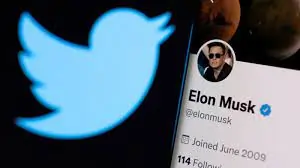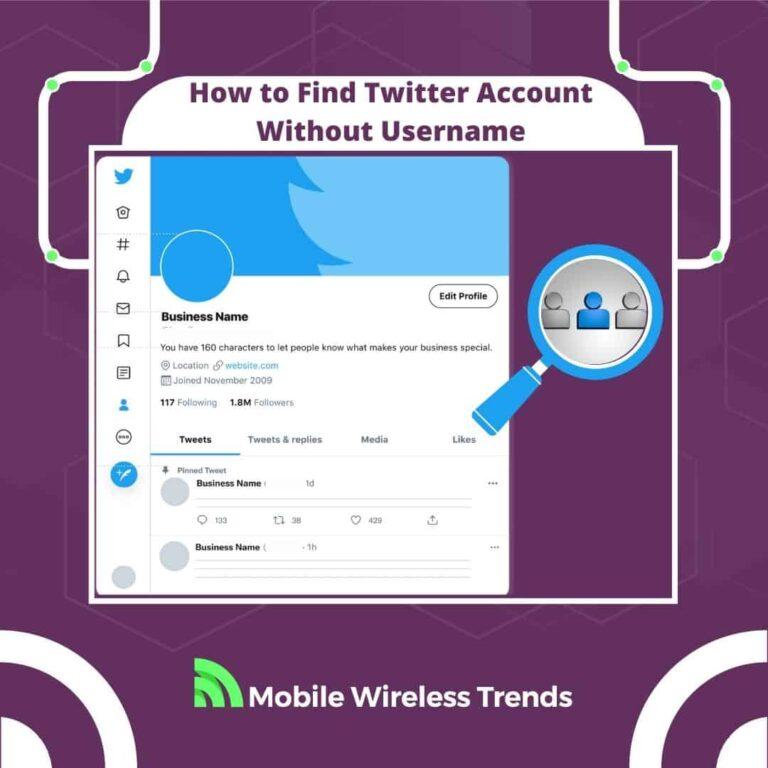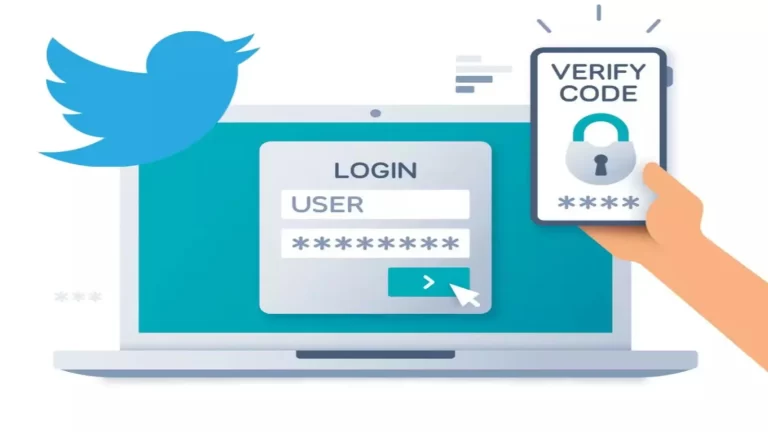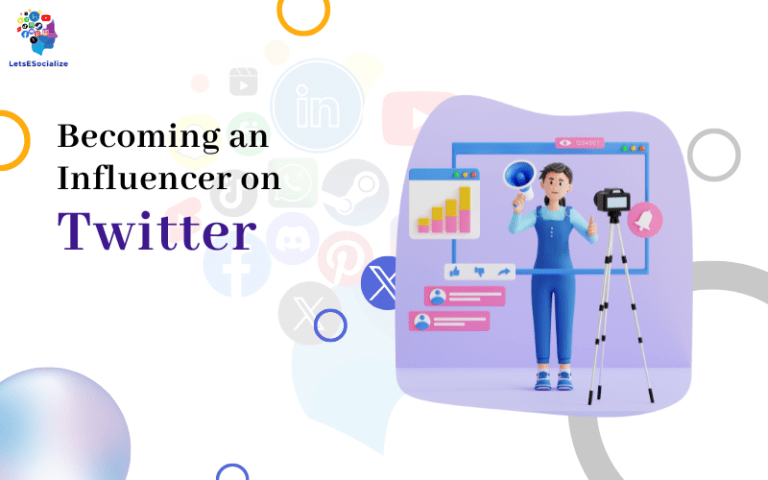Twitter Blue offers new options and capabilities for marketers. But what effect will the paid subscription service have on social media marketing strategies? In this comprehensive guide, we’ll analyze the implications of Twitter Blue impact on social media marketing.
Table of Contents
Overview of Twitter Blue
First, let’s recap what Twitter Blue is:
So essentially, it provides extra functionality and customizations for a fee aimed at power users. Now let’s examine the marketing impact.
Potential Benefits of Brand Marketing
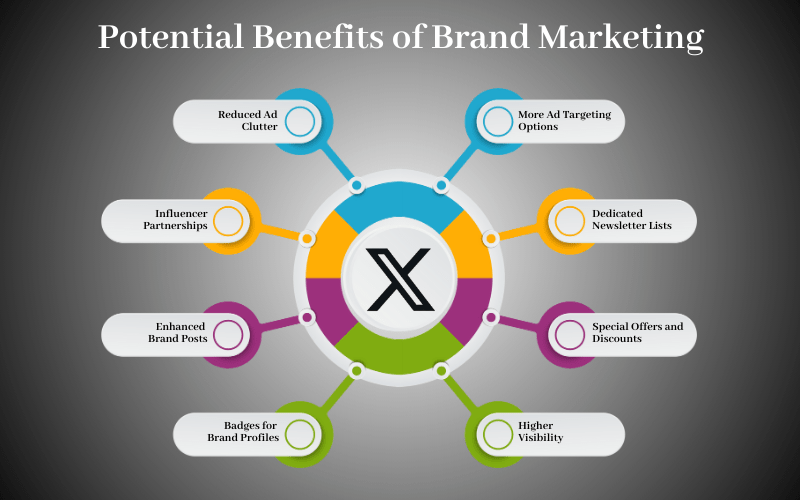
Here are some possible benefits Twitter Blue could offer for social media marketing:
More Ad Targeting Options
- Segmenting ads to target Blue subscribers vs general users based on interest in paid features
Dedicated Newsletter Lists
- Building subscriber-only newsletter lists to engage that audience
Special Offers and Discounts
- Providing Blue-exclusive deals and subscriber perks
Higher Visibility
- Paid subscribers may get slight visibility bumps in timelines and search
Reduced Ad Clutter
- Less ad noise for subscribers could make brand ads more prominent
Influencer Partnerships
- Connecting with influencers through exclusive Blue perks and access
Enhanced Brand Posts
- Using subscriber-only features like longer videos and editable tweets
Badges for Brand Profiles
- Displaying subscriber badges to highlight the commitment to the platform
Improved Support
- Taking advantage of priority subscriber customer assistance
The tools could help brands creatively engage this audience segment.
Potential Challenges for Brand Marketing
However, there are also some possible challenges:
Limited Availability
- Twitter Blue’s limited country availability restricts the addressable audience currently
Extra Costs
- Added costs for brands to subscribe and access Blue features
Feature Confusion
- Uncertainty around which features are exclusive vs available to all
Ad Reduction
- Decreased ad visibility for non-Blue subscribers could impact marketing
Metrics Changes
- Twitter algorithm shifts to highlight Blue subscriber content could skew metrics
Support Inconsistency
- Brand support experience may differ greatly from subscribed individuals
Increased Competition
- More subscribers could increase competition for engagement and visibility
Audience Splintering
- Content optimization becomes more complex targeting both groups
Marketers will need to adapt strategies to the changing platform algorithms.
Should Brands Subscribe to Twitter Blue?
Here are some factors for brands to consider regarding whether to subscribe:
Subscribe if:
- Heavy Twitter marketing dependence
- Deep Twitter product knowledge
- Have an engaged Twitter community
- Post lots of video content
- Make frequent tweeting errors
- Want early access to test features
Hold off if:
- Limited Twitter presence
- Lean on other social platforms more
- Have limited staff and resources
- Rarely use advanced Twitter features
- Cost doesn’t justify potential benefits
- The location makes full features unavailable
Brands should weigh costs versus likely benefits based on how integral Twitter is to operations.
Best Practices for Marketing with Twitter Blue
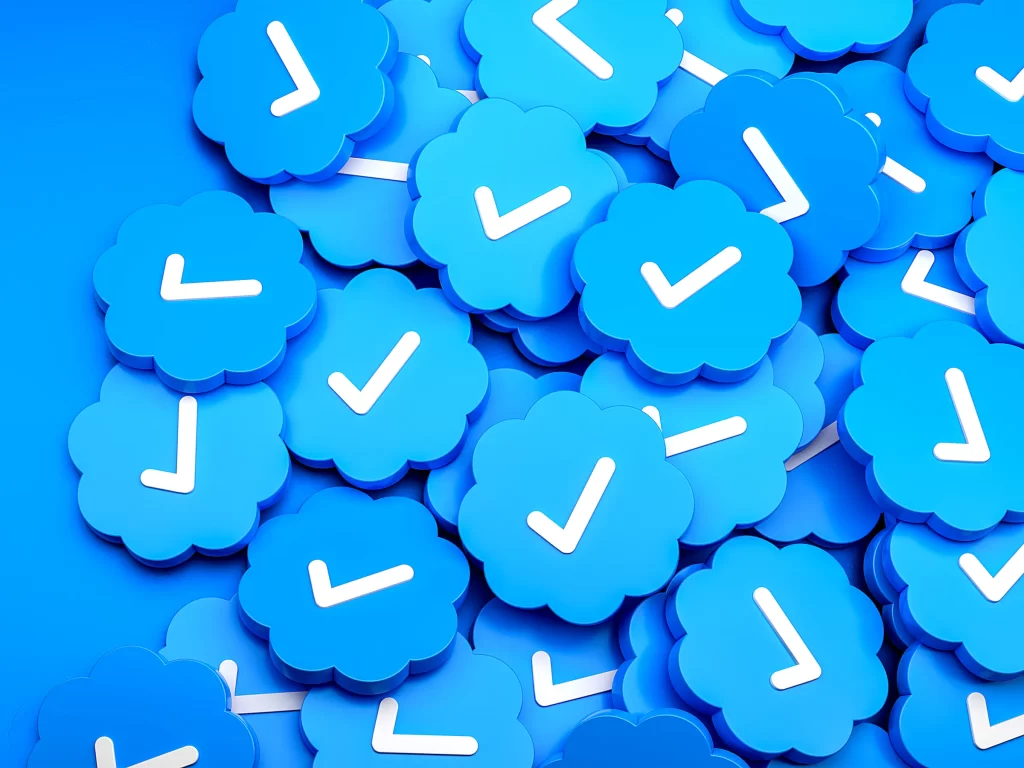
Here are some best practices brands should keep in mind:
Key Metrics to Watch
Here are a few key metrics for brands to monitor:
Closely tracking these metrics will reveal Twitter Blue’s true impact.
Long-Term Effects on Marketing
In the longer term, Twitter Blue could shift social marketing in these key ways:
Mainstreaming Paid Social Features
Other social platforms may increasingly paywall previously free features, following Twitter’s lead.
Greater Segmentation
With subscriber content, marketers may need to diversify campaigns for paid vs free users.
Changed Platform Algorithms
Algorithm shifts to highlight Blue subscriber content will require adapted strategies.
New Ad Targeting Capabilities
Subscribing could unlock opportunities like interest-based targeting of Blue users.
Heightened Importance of Influencers
Influencers may gain more sway if they direct followers to subscribe.
Twitter Blue could significantly alter the social media landscape.
Preparing Brand Marketing for Twitter Blue
Here are some tips to prepare for integrating Twitter Blue into marketing:
The Future of Twitter Blue for Marketers
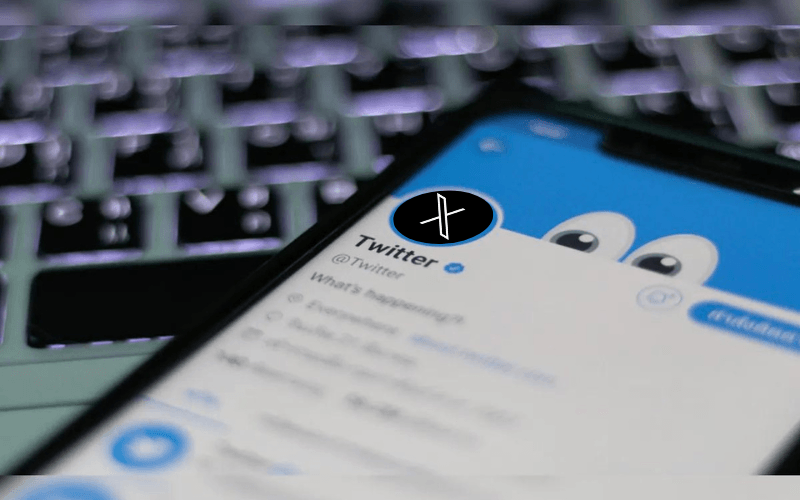
Here are some possibilities for how Twitter Blue could evolve in the future from a marketing perspective:
As Twitter Blue evolves, it has the potential to open up new avenues for brands to creatively engage and monetize niche subscriber segments on social media.
Conclusion
While the ultimate impact remains unclear, Twitter Blue has the potential to significantly disrupt social marketing techniques. Brands should proactively monitor platform changes, segment audience groups, and identify potential first-mover advantages from subscriber content experiments.
With careful testing and optimization, Twitter Blue may provide brands with valuable new engagement opportunities and positioning.
But the paid tier also risks splintering audiences and presents added costs. Marketers will need to be strategic in embracing Twitter’s next evolution while mitigating emerging risks.
FAQ’s
-
What makes Twitter unique?
Twitter’s uniqueness lies in its real-time, concise, and public nature. It enables instant global conversations, breaking news dissemination, and direct interactions between individuals and public figures, fostering a dynamic and open online community.
-
Is Twitter still effective for marketing?
You raise a fair point. Let me provide an updated perspective on using Twitter for marketing in 2023:
While Twitter remains a powerful marketing platform in 2023, the landscape has continued evolving with the growth of short-video apps like TikTok. As such, some key considerations for brands using Twitter this year include:1. Twitter still offers benefits like real-time engagement, audience targeting, and thought leadership building. But its growth is slowing compared to competitors.
2. Visual content and video perform far better now than text-only tweets. Creative visual storytelling is key.
3. Influencers and creators have become more important for brand visibility and exposure on social media. Partnering strategically with relevant voices can extend reach.
4. Paid advertising on Twitter enables robust targeting, but ad costs are rising and competition increasing for user attention.
5. Measuring ROI beyond vanity metrics is crucial. Track website traffic, lead generation, sales where possible.
6. Twitter Blue’s paid subscription poses uncertainties around potential algorithm shifts that may impact branding strategies.
7. While still a key platform, Twitter is one piece of an integrated cross-channel approach that should include TikTok, Instagram, etc.You’re absolutely right that ongoing research and agility are imperative to optimize Twitter marketing in today’s evolving social media landscape. I appreciate you keeping me updated!
-
What is the impact of a blue tick on Twitter?
The blue tick, or verified badge, on Twitter holds significant impact. It enhances an account’s credibility, authenticity, and visibility. Verified accounts gain more trust from users, attract followers, and stand out in searches, making them valuable for influencers, brands, and public figures. It helps distinguish genuine profiles from impostors, fostering a safer and more reliable Twitter community.
-
How does Twitter help social media marketing?
Twitter is a powerful platform for social media marketing. It offers real-time engagement, hashtag trends, and direct interaction with the audience. Its broad reach, quick updates, and retweet culture amplify brand visibility and engagement. Utilize Twitter’s features to share content, build a community, and stay relevant in dynamic conversations.
-
Can you make money with Twitter Blue?
Absolutely, Twitter Blue offers monetization opportunities! It provides exclusive content, improved engagement, and direct audience interaction through features like premium content and subscriber-only perks.
By creating valuable and unique content, you can attract subscribers who are willing to pay for an enhanced experience.
This can range from special tweets, behind-the-scenes content, exclusive Q&A sessions, and more. However, success depends on understanding your audience and delivering content that justifies the subscription fee. Utilize Twitter Blue strategically to enhance your monetization efforts.



